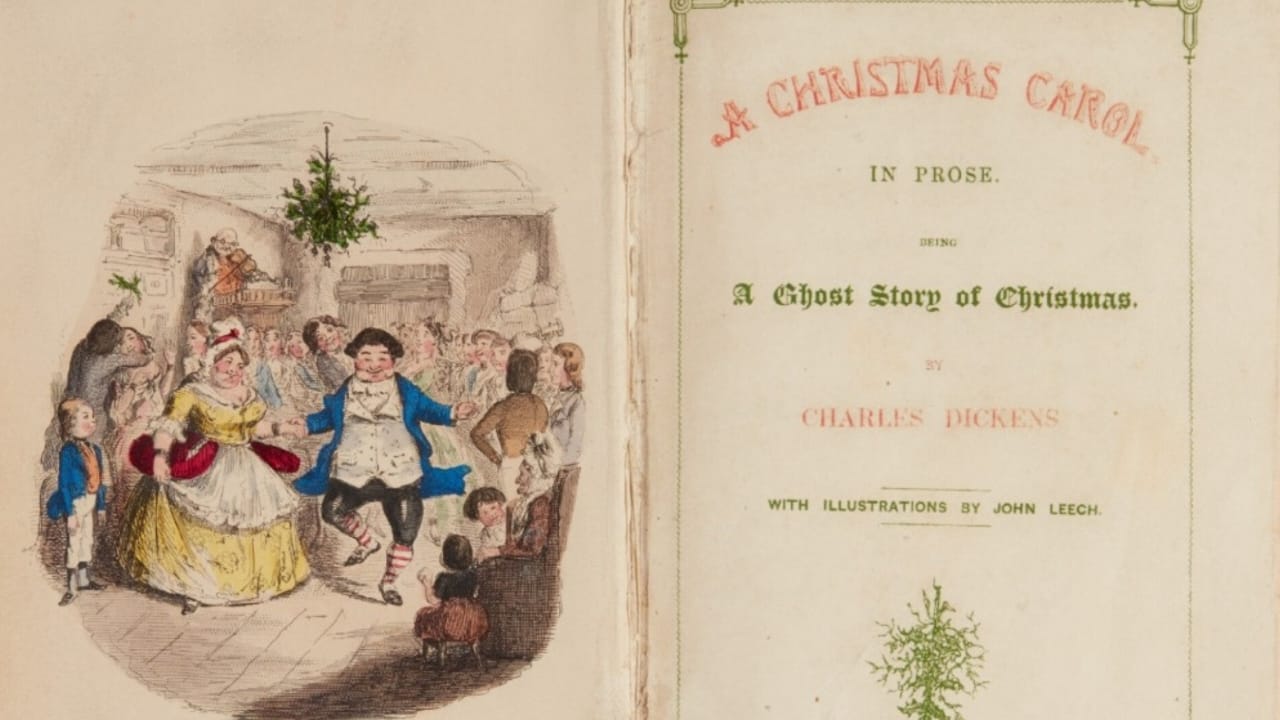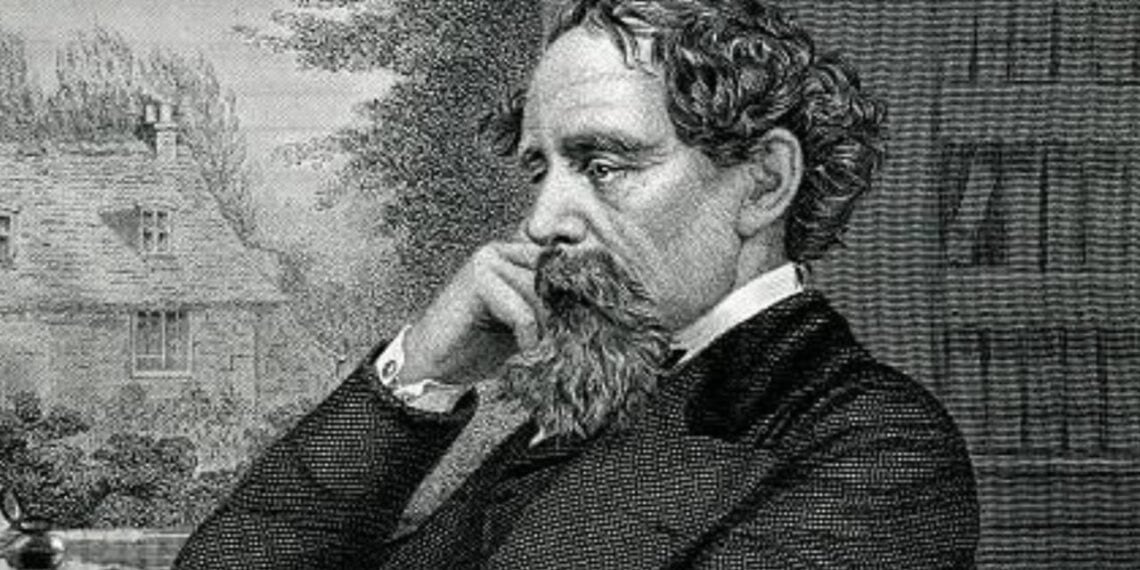“A Christmas Carol” is a novella that holds an indifferent Christmas story, written by Charles Dickens and was first published in 1843. In previous years, there have been numerous adaptations of the story, and it has become a classic of Christmas literature. This classic has once again gained people’s attention since Simon Callow reminded them how Scrooge had the U-turn story in A Christmas Carol.
Simon Callow, a well-known actor who has also appeared in a movie that is an adaptation of the novella, seems to have understood the story too well to convey it further. Recently, Callow read out A Christmas Carol by Charles Dickens on the YouTube channel “The Guardian Live” and shared with everyone the story of a Victorian society Scrooge and his U-Turn personality change.
Scrooge’s U-turn in A Christmas Carol
Simon Callow is said to be truly touched and flattered by the story, especially by the epic start of the novel. He was about to be cited in the leader column for “A Christmas Carol.” Henceforth, he went for Charles Dickens “A Christmas Carol,” telling the story of the character Scrooge and his “a Christmas morning away.”.

Everywhere, “A Christmas Carol” conversation is arising this holiday, questioning the haunting and gothic elements the story has and how it still feels alive when read today after 180 years.
At the age of 31, Dickens unveiled the misanthropist Ebenezer Scrooge, a cold-hearted and miserable old man who disliked Christmas as well as the activists associated with it. After a series of supernatural encounters on Christmas Eve, a radical change in him is witnessed; he transforms into a generous man, and this is referred to as “Scrooge’s U turn,” making it the central theme of the novella.
Scrooge, the old miserable man, detests Christmas joy and does no charity or has no goodwill. He has the same miserable behavior as witnessed towards his clerk, Bob Cratchit. Scrooge has been living a solitary life with a lack of warmth and compassion.

The catalysts who bring about radical change in Scrooge are the four ghosts. At the start of the epic story, three ghosts appear in front of him: Firstly, his deceased business partner, Jacob Marley, appears and warns him about the upcoming consequences, which are caused by greed and selfishness, by showing the gains forged for him by his own deeds.
Secondly, the Ghost of Christmas Past takes him on a journey through his own past that reveals the memories of childhood and youth. This brings back the forgotten emotions of Scrooge that humanize him and make him realize his bitterness. Thirdly, the Ghost of Christmas Present makes Scrooge realize the joy of Christmas as well as the warmth and happiness he has been missing.
Lastly, there was the Ghost of Christmas Yet to Come, which was chilling and silent and had shaken Scrooge to the core of his soul. This ghost gives him glimpses of his future when he dies and is surrounded by a lack of sorrow and remorse, which are the consequences of his own actions. This awakens the desire for change in himself.

Scrooge’s U-turn is witnessed after he wakes up on Christmas morning with an understanding of the true meaning of Christmas, which he has newly found, and gets overwhelmed at getting a chance at a second life, after which he decides to transform into a generous and kind person. His treatment towards Bob Cratchit changes, including his support for charity and his new love for humanity.
Scrooge’s U-turn in “A Christmas Carol” is a powerful message that portrays the capacity of redemption and positive change anybody holds. Through this novella, Dickens has also made a commentary on Victorian England, the dispirits the rich had against the poor, and advocated the importance of empathy and social responsibilities by reminding them on the most joyous day of the year, Christmas.





